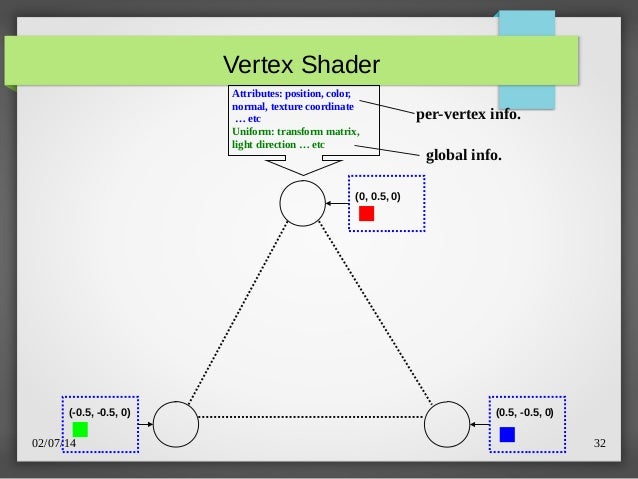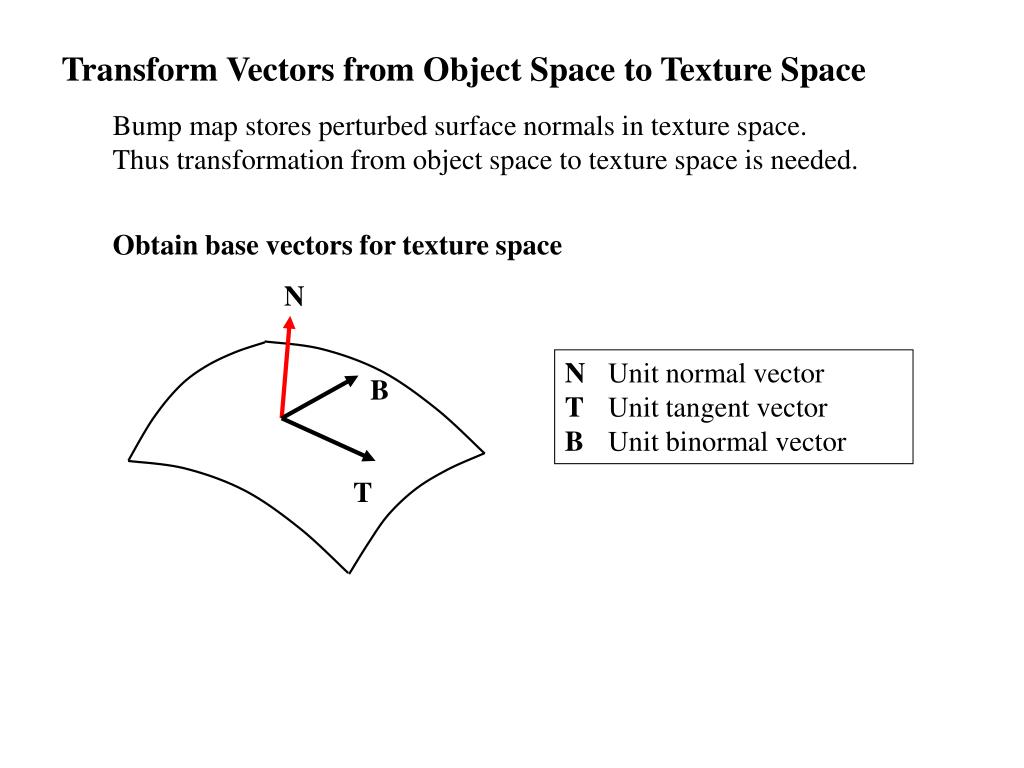

To prevent accidentally drawing empty meshes, you're required to call setCount() always, the primitive is however implicitly MeshPrimitive:: Triangles and you can change it either in the constructor or via setPrimitive(). Mesh configurationĪ mesh is, at the very least, a MeshPrimitive and associated vertex/index count.

Continue below to see how to configure a mesh for builtin shaders with lower-level APIs.Ī generic mesh setup using the high-level utility is used in the Primitives and Model Viewer examples. It's however rather opaque and the Trade:: MeshData may be an overly generic abstraction if you already have your vertex data in known types. This one-liner uploads the data and configures the mesh for all attributes known by Magnum that are present in it, making it suitable to be drawn by builtin shaders. If you have a Trade:: MeshData instance that you got for example from Trade:: AbstractImporter:: mesh() or from the Primitives library, the simplest possible way is to use MeshTools:: compile(): Trade :: MeshData data = … GL :: Mesh mesh = MeshTools :: compile ( data ) Wraps an OpenGL vertex array object, or a collection of buffers and attribute bindings in case vertex array objects are not available or are disabled.


 0 kommentar(er)
0 kommentar(er)
